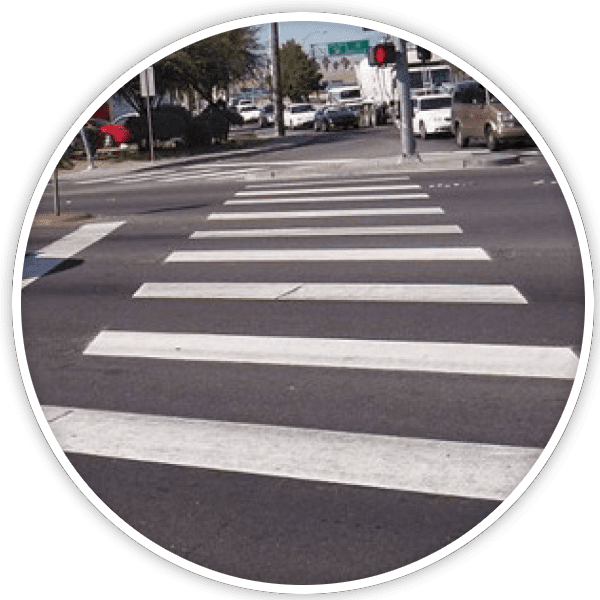- Overview
- Trail Design Guidelines
- Overarching Standards
- Trail Shoulder Standards
- Layout Standards
- Greenway Cross Sections
- Intersections and Crossings
- Major Intersection with Bike Lane
- Major Intersection Turn
- Major Street Mid-Block
- Minor Street Mid-Block
- Minor Street Mid-Block with Parking
- Mid-Block Crossing - Angled Pedestrian Refuge
- Minor Street T-Intersection
- Major Trail Connection
- Minor Trail Connection
- Railroad Crossings
- Commercial or Neighborhood Drive
- Residential Drive
- Crosswalks
- Detectable Warning Surfaces
- Bollards
- Trail Nodes
- Surfacing
- Trail Structures and Furnishings
- Wayfinding Signage
- Environmental Design Guidelines
- Stormwater and Grading
- Trail Planting Guidelines
- Typical Planting Design
- Soil Preparation
- Standard Turf Shoulder
- Turf Lawn/High Mow Lawn
- Native Grassland Planting
- Native Shrubs and Perennial Beds
- Woodland and Forest Planting
- Streambank Planting
- Wetland/Pond Edge Planting
- Bioretention/Rain Gardens
- Tree Planting Standards
- Root Barriers
- Soil Volume
- Tree Staking Standards
- Shrubs, Ornamental Grasses & Perennials
- Bed Edges
- Pre-Construction and Construction
 Major Intersection with Bike Lane
Major Intersection with Bike Lane- Major Intersection Turn
- Major Street Mid-Block
- Minor Street Mid-Block
- Minor Street Mid-Block with Parking
- Mid-Block Crossing – Angled Pedestrian Refuge
- Minor Street T-Intersection
- Major Trail Connection
- Minor Trail Connection
- Railroad Crossings
- Commercial or Nieghborhood Drive
- Residential Drive
- Crosswalks
- Detectable Warning Surfaces
- Bollards
